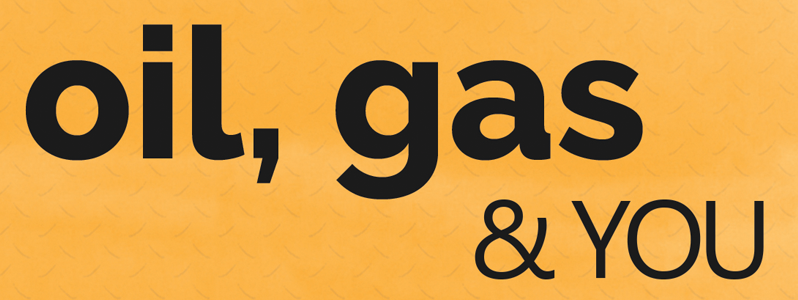IT’S no secret that Guyana has enjoyed unusual success with its series of oil finds on the Stabroek Block. Overall success rates for the companies in the Stabroek Block have hovered around 90 percent. But on the heels of recent non-commercial finds at other blocks surrounding the Stabroek it is worth taking a step back to examine just how unusual this discovery rate is.
The Tanager-1 well provides the perfect example of the risks that companies take to develop a region. The Tanager well, located in the Kaieteur Block, is one of several offshore wells that are being evaluated for further potential. Tullow is taking time to analyze results from its two wells – Jethro and Joe – in the Orinduik Block, as is Repsol with the Carapa well in the Kanuku Block. If these companies decide not to continue exploration in the areas surrounding these wells, the money spent on drilling will not be recovered. This is the risk an oil company takes when it decides to explore a frontier, or new, area.
Although the non-commercial nature of the Tanager well seems to be unusual in Guyana’s brief history of high success, it is the norm across other new frontier regions. The average success rate for this type of exploratory well is between just 10 percent and 20 percent on a global level, according to Offshore Magazine. These success rates are even lower in deepwater areas and a 2015 study in West Africa noted that only 7 percent of offshore exploration wells resulted in commercial finds. Success rate for wildcat wells, which are considered the riskiest type of wells, are often even lower. Wildcats (like Liza 1) are wells drilled in new frontier regions, like Guyana, without a history of production.
Unsuccessful wells are common worldwide even in well-developed, mature oil fields that have a long history of production. In Trinidad and Tobago, which has been a major oil producer for decades, companies have had a string of eight dry wells over the past few years. While oil companies can research offshore areas and predict where oil might be based on similar geological features found in successful wells, it is not possible to know with certainty if a well will actually contain oil until it is drilled.
Significant amounts of commercially viable oil are simply not a common occurrence geologically. A successful find means that an enormous series of variables had to be perfect. The right conditions had to be there to form the oil in the first place, then the highly pressurized liquid had to be trapped underground, uncontaminated and unreleased for hundreds of millions of years while continents shifted around it. And the well targeting that reservoir has to operate in three dimensions since it’s not enough to know where to drill—companies also have to know how deep to drill with precision to hit the right layer of rock. So even in blocks where success has been historically high, there is a possibility that every new drilling site could be a dry well.
Oil drilling success rates are measured by how profitable a well is. When a company decides to begin drilling in a specific area, it risks the tens of millions it costs to drill that well. On average, wildcat wells cost between $50 million and $200 million, with deepwater drilling on the higher end of costs. And in most cases, a well is likely to be non-commercial, meaning the money spent are sunk costs for the company pursuing exploration and development.
In the case of a dry well, a company has lost the money invested. In the case of a non-commercial well, where there is not enough oil to profitably extract, a company must decide whether it wants to continue exploration efforts nearby or transition to a new location. Non-commercial wells can become commercial, but only if more lucrative wells are discovered nearby. However, exploration in these undetermined areas make drilling even riskier for companies because another non-commercial well will result in even higher sunk costs.
It’s critical to remember that under our contract with Exxon, costs can only be recovered if oil is found, developed and produced. Even then, they can only be recovered over several years at an amount that is limited by the production contract. Costs are carefully monitored during this time and audited by the government at regular intervals to ensure that the money spent by a company is legitimate. If approved, companies can recover these costs but only from oil production itself.
Under production sharing agreements like Guyana’s, the government is insulated from some of the most significant risks in the industry.





.jpg)








